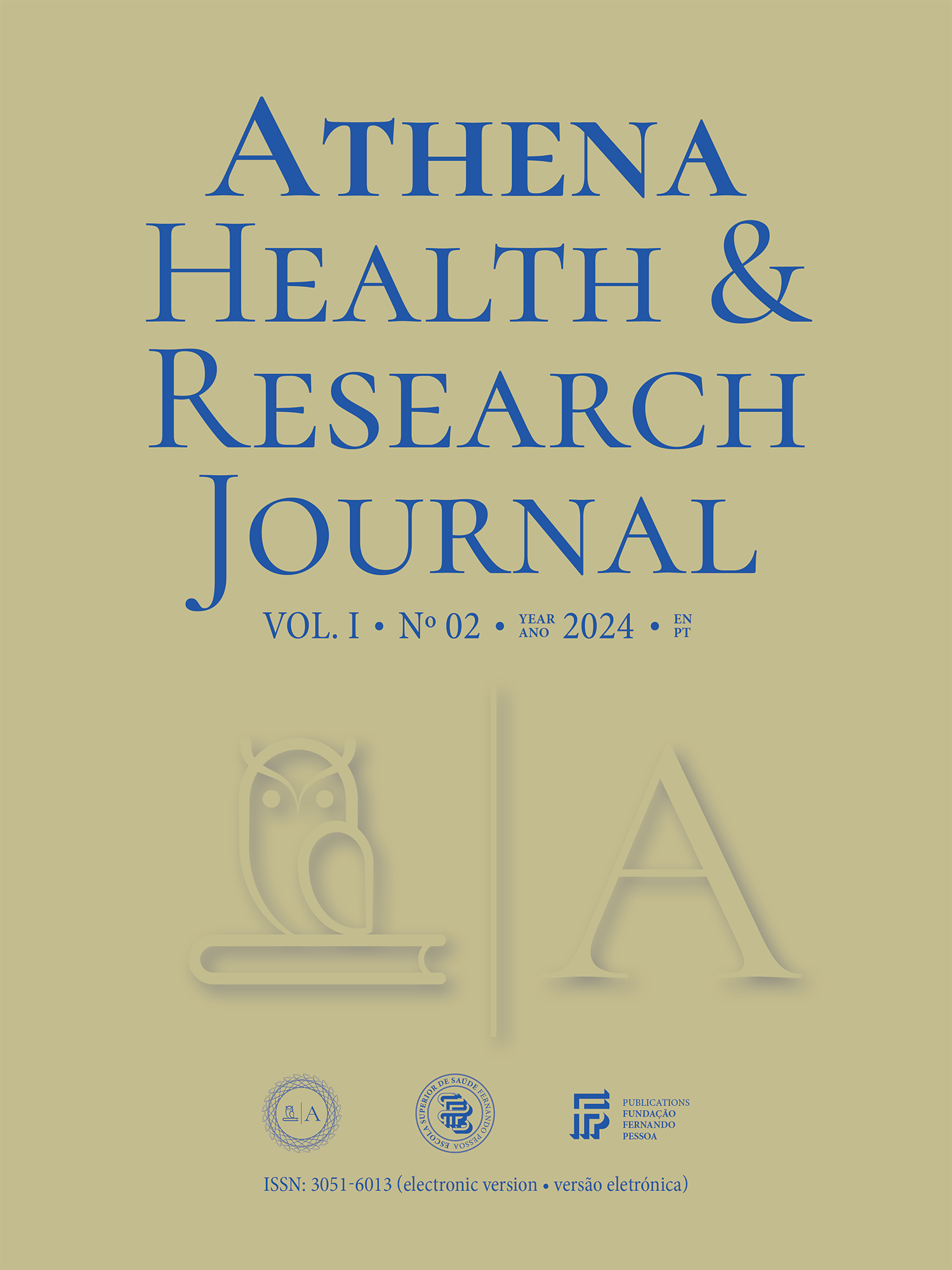Acute effects of static-stretching on the shoulder joint-position sense: A randomized controlled crossover trial
DOI:
https://doi.org/10.62741/ahrj.v1i2.16Abstract
Introduction: The influence of static-stretching on variables like shoulder muscle strength has been addressed in different sports. However, its effect on the joint-position sense is poorly investigated.
Objectives: This study aimed to investigate the acute effects of static-stretching on the shoulder-joint position sense of overhead athletes.
Methodology: A three-period block-randomized controlled crossover trial was conducted from December 2023 to February 2024 at a rehabilitation and health research laboratory with 17 competitive overhead athletes (9 males and 8 females), aged between 18 and 30 years, with normal range of motion of shoulder flexion. Excluded were those with history of shoulder injury in the last 6 months, and with positive shoulder integrity tests. In random order, all participants performed 3 conditions: control (5-minute rest), and a 30s or 90s static-stretching of muscles around the shoulder. Before and immediately after these conditions, position sense was tested through active repositioning to 110º of flexion, with a video camera, and described as absolute, relative and variable angular errors.
Results: A significant increase was only found in the absolute angular errors of the static-stretching of 30s condition between the initial assessment and after the static-stretching (p=0.015). However, no differences between conditions were found (p=0.874).
Conclusion: Results suggest that static-stretching may have acute effects on the shoulder joint-position sense, appearing to be harmful when performed for 30s, but innocuous when performed for 90s.
Trial Registration: ClinicalTrials.gov ID - NCT06226974
Downloads
Published
Issue
Section
License
Copyright of published papers is assigned to the Journal, but all content is licensed under the terms of Creative Commons Non-comercial 4.0 International License. Thus users are allowed to read, download, copy, distribute, print, search, or link to the full texts of the articles, or use them for any other lawful purpose, without asking prior permission from the publisher or the author. This is in accordance with the BOAI definition of open access.














